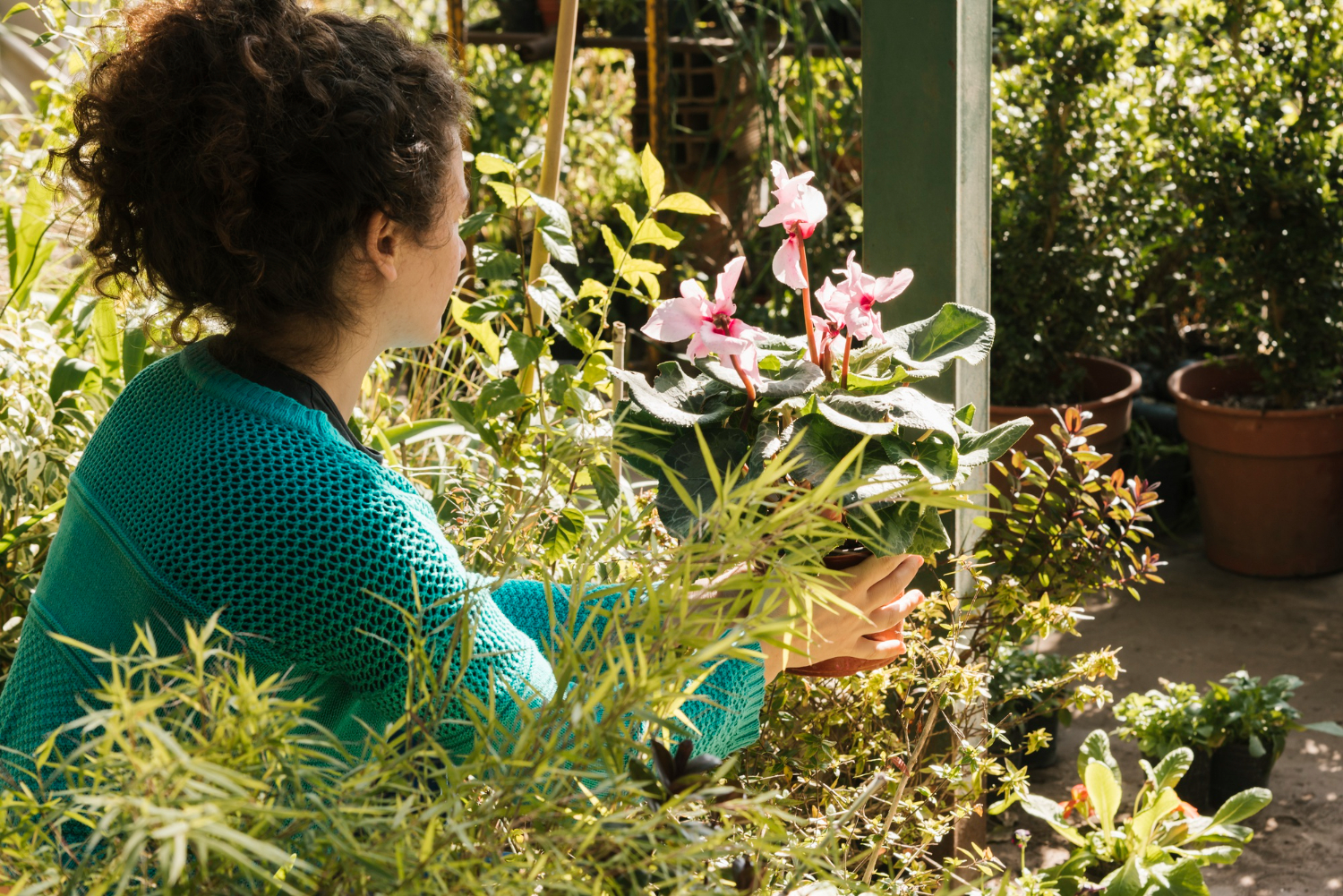
Key Takeaways
- Understanding what perennials are and their benefits in a garden.
- Step-by-step guide on how to plant and maintain perennials.
- Tips and tricks for choosing the right perennials for your garden.
Table of Contents
- What Are Perennials?
- Benefits of Planting Perennials
- How to Plant Perennials
- Choosing the Right Perennials for Your Garden
- Maintaining Your Perennials
- Conclusion
What Are Perennials?
Plants that survive for longer than two years are called perennials. Perennials do not reseed; instead, they sprout every spring from their rootstock, unlike annuals that require annual plantings. They are, therefore, well-liked by gardeners who want to build a durable garden that requires little upkeep each year. A garden full of perennials offers stability and continuity, as these plants can fill the same space for years if not decades. Those interested in adding these enduring plants can purchase perennials online. The life cycle of perennials varies between species; some bloom and blossom prominently in the first year, while others may take a couple of seasons to mature. Regardless of their developmental timeline, perennials promise a dependable return of color, fragrance, and texture to your garden landscape year after year, often with minimal intervention.
Benefits of Planting Perennials
Planting perennial plants in your garden offers numerous advantages, which is why inexperienced and experienced gardeners love them. Above all, perennial plants decrease the annual planting work required. Once established, these plants will grow consistently yearly, removing the necessity of planting new seeds or seedlings annually. Another significant benefit is the cost-efficiency aspect. Although perennials may require a larger upfront investment compared to annuals, they are more cost-effective in the long run as they do not need to be replanted every year. In addition, perennials typically possess deeper root systems that can enhance soil structure and boost its capacity to retain water and nutrients. This helps create a more robust garden environment in general.
Furthermore, the assortment of perennial plants allows for designing a garden that maintains visual appeal year-round. From perennials that bloom in early spring to those that flower in late summer, there are various options to keep your garden colorful all year.
How to Plant Perennials
To plant perennials:
- Select the appropriate spot with the correct light conditions, which can vary from full sunlight to partial shade.
- Comprehend the sunlight requirements of your selected plants and select a location where they will flourish.
- Enhance your soil by adding compost or organic materials, improving nutrient levels, and boosting soil structure and drainage.
Excessive moisture in the soil can result in root rot in various perennial plants. When planting, make a hole twice as wide and as deep as the root ball to give roots enough space to spread out comfortably. Position the plant in the hole at the same level as in its container, then fill it with soil, compacting it lightly around the root system. Make sure to water deeply after planting to help the roots grow strong, and keep an eye on the soil’s moisture to ensure it stays consistently moist without getting too wet.
Choosing the Right Perennials for Your Garden
Selecting the right perennials for your garden involves considering several key factors to ensure they thrive in your unique environment. You must account for your local climate, soil type, and the sunlight your garden receives throughout the day. Start by researching perennials that are well-suited to your USDA hardiness zone. This will help you narrow down a list of plants that can survive and prosper in your area’s seasonal conditions. Soil type is another important consideration; some perennials prefer sandy soil, while others do better in clay or loamy soil. It’s worth testing your garden soil to understand its composition and pH level and amend it as necessary to match the needs of your chosen perennials.
Popular perennial options that are known to thrive in a variety of conditions include:
- Hostas are known for their lush foliage.
- Daylilies are loved for their vibrant blooms.
- Coneflowers, which attract pollinators.
Always read the plant tags or descriptions to ensure your selected plants meet your garden’s conditions. For additional guidance on selecting the right plants, explore articles from Gardening Know-How.
Maintaining Your Perennials
Perennial care includes regular watering, mulching, pruning, and fertilizer control. Watering keeps the soil’s moisture content consistent and promotes even soil surrounding plants, particularly in dry spells. Rotten roots and other problems might result from overwatering. It is essential to regulate nutrients, using balanced fertilizers based on the requirements of different plant species. Pruning enhances the beauty of the plant and promotes new development by removing spent blooms and dead or broken stems. Mulching contributes to soil temperature stability, weed suppression, and moisture retention. It is advised to use organic mulches, such as compost, wood chips, or straw since they decompose gradually and enrich the soil with nutrients.
Conclusion
One of the most satisfying and delightful gardening endeavors is cultivating perennials. You can create a bright and long-lasting garden by comprehending these plants’ particular requirements and adhering to planting and upkeep best practices. If you give your perennial garden the proper knowledge and attention, it will flourish and bring you years of pleasure and contentment.
